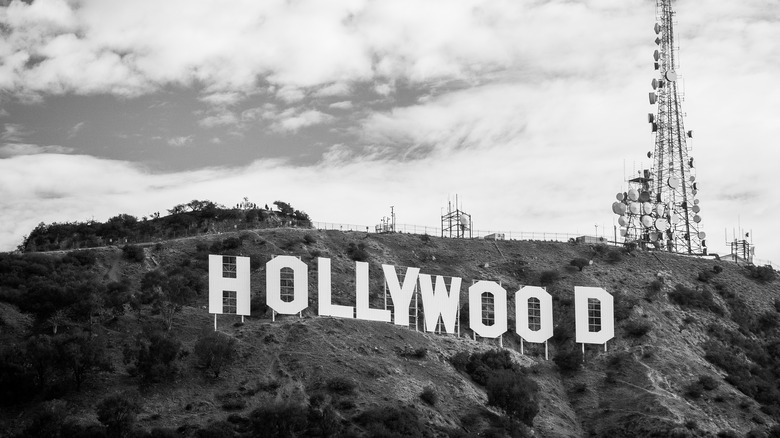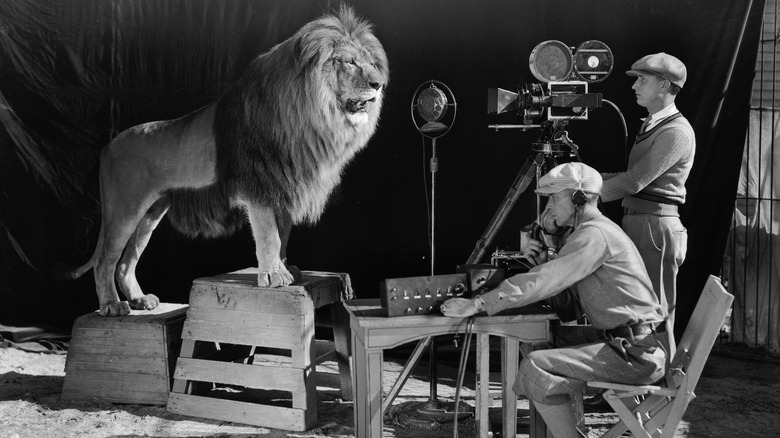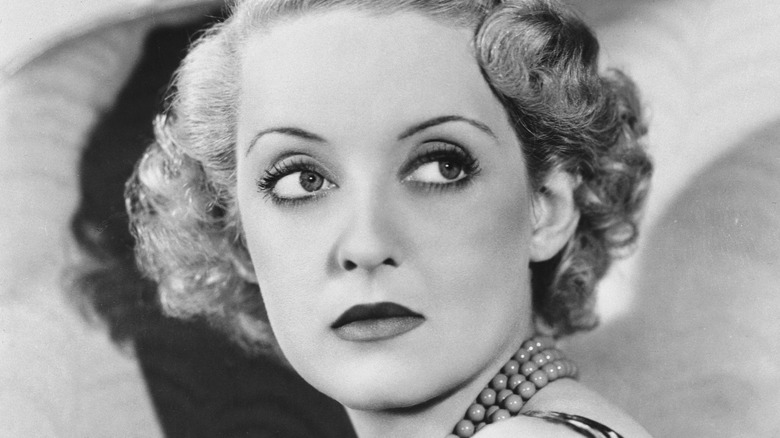Why Old Hollywood Is Considered The Golden Age Of Hollywood
Arc lights cut through the Los Angeles night. Outside Grauman's Chinese Theatre, more than 10,000 crazed movie fans were held back by mounted police. They were waiting to see Hollywood's elite dressed to the nines as they exited limousines to attend the premiere of "The Wizard of Oz" on August 15, 1939, according to the Los Angeles Times. Behind the scenes, a virtual army of studio employees and others worked not only to create the films but also to craft every aspect of what the public knew or saw about the film world, including giving actors new names and controlling many aspects of their lives.
Hollywood's Golden Age, generally considered to run from the 1920s to the 1960s, is a period in the American film industry that is as much about control as it is about a burgeoning art form and new technology. And what we have come to know as Old Hollywood was — like other American industries, including Detroit's auto plants — a "highly efficient assembly line" that "enabled a studio to release a film a week," according to the New York Center for Visual History. Even so, the studio system still allowed for creativity, which helped produce some of the greatest Hollywood films in history.
New technology, new system
The introduction of sound to film in the early 1920s helped give rise to the studio system and Hollywood's Golden Age, with the "big five" studios — MGM, Paramount, 20th Century Fox, Warner Brothers, and RKO — solidifying their dominance over the industry. They controlled the production, distribution, and exhibition of their films and used iron-clad long-term contracts to maintain authority over the people who made them.
It's no coincidence that what's considered by most film historians as the height of the Golden Age — from 1930 to 1948 — coincides with the studio's perfection of its system of control in every aspect of the film business, per Filmsite. By the 1930s, the five big studios had solidified the industry's vertically integrated system. Studio lots were like small cities where everyone was under contract. This system allowed directors, actors, and screenwriters to hone their craft without the fear of failure, which helped create some of Hollywood's greatest films, according to the New York Center for Visual History's "American Cinema." But it also meant they had very little control over their work.
Rise and fall
Besides the studio system, the height of the period is marked by the technological advances in filmmaking — including sound and color technology — and the solidifying of various film genres, such as musicals, comedies, gangster films, Westerns, and horrors. The era also marks the rise of the important filmmakers who worked within the studio system while still creating signature styles, including Billy Wilder and Frank Capra. And of course there are the actors whose names we still know today, such as Bette Davis, Judy Garland, and John Wayne.
The late 1940s saw the beginning of the end for the studio system and Hollywood's Golden Age. In 1948, the U.S. Supreme Court forced the studios to sell their movie theaters, ending their total control of the film business, per the National Constitution Center. The rise of television in the 1950s — and foreign films and independent movie companies the following decade — helped fully snuff out the studio system and end the Golden Age.


